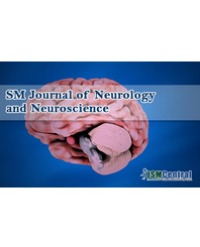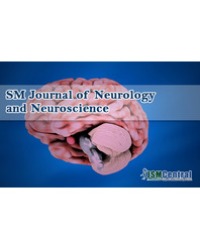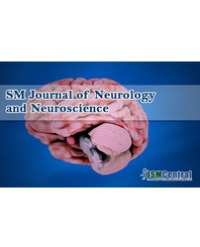
A Typical Anatomy of the Hand Representation in Adults who Stutter
Atypical hand preference may be more common in Adults Who Stutter (AWS). One implication is that stuttering may be a manifestation of a more general dysfunction in motor organization and planning. This study was designed to determine whether AWS have atypical motor cortical anatomy compared to controls, and whether there are group differences in handedness that correlate with anatomical measures. Volumetric MRI was used to measure the anterior bank of the Central Sulcus (CS) and Motor Knob (MK), a structure that corresponds precisely to the motor hand representation, in Adults Who Stutter (AWS) and fluent, matched controls divided into three groups (right-handed and left-handed men, right-handed women). There was an interaction between fluency group and handedness-sex group (p=0.024) with reduced CS volume in right-handed men who stutter (p=0.001). For MK volume there was an interaction with the right MK larger in the left-handed male controls, and the left MK larger in the left-handed AWS (p=0.024). AWS and controls did not differ in hand preference score or finger tapping rate. There was a relationship between CS asymmetry and finger-tapping laterality (p=0.042) with a faster right-hand tapping speed associated with a larger left CS and vice-versa. When controls were examined independently, there were no correlations between finger-tapping laterality and anatomical asymmetry; there was a correlation in the AWS (r= 0.642; p= 0.007). Left hander AWS tapped faster with the right hand and had a larger left CS (atypical). One subgroup of right handed AWS (atypical) tapped faster with the left hand and had a larger right CS. Another subgroup of right handed AWS (typical) tapped faster with the right hand and had a larger left CS. These results show that handedness may systematically influence cortical motor representations in AWS. Further study is warranted in a larger sample of adults and in children who stutter.
Foundas LA¹*, Baucom CC², Knaus TA³, and Corey DM⁴



